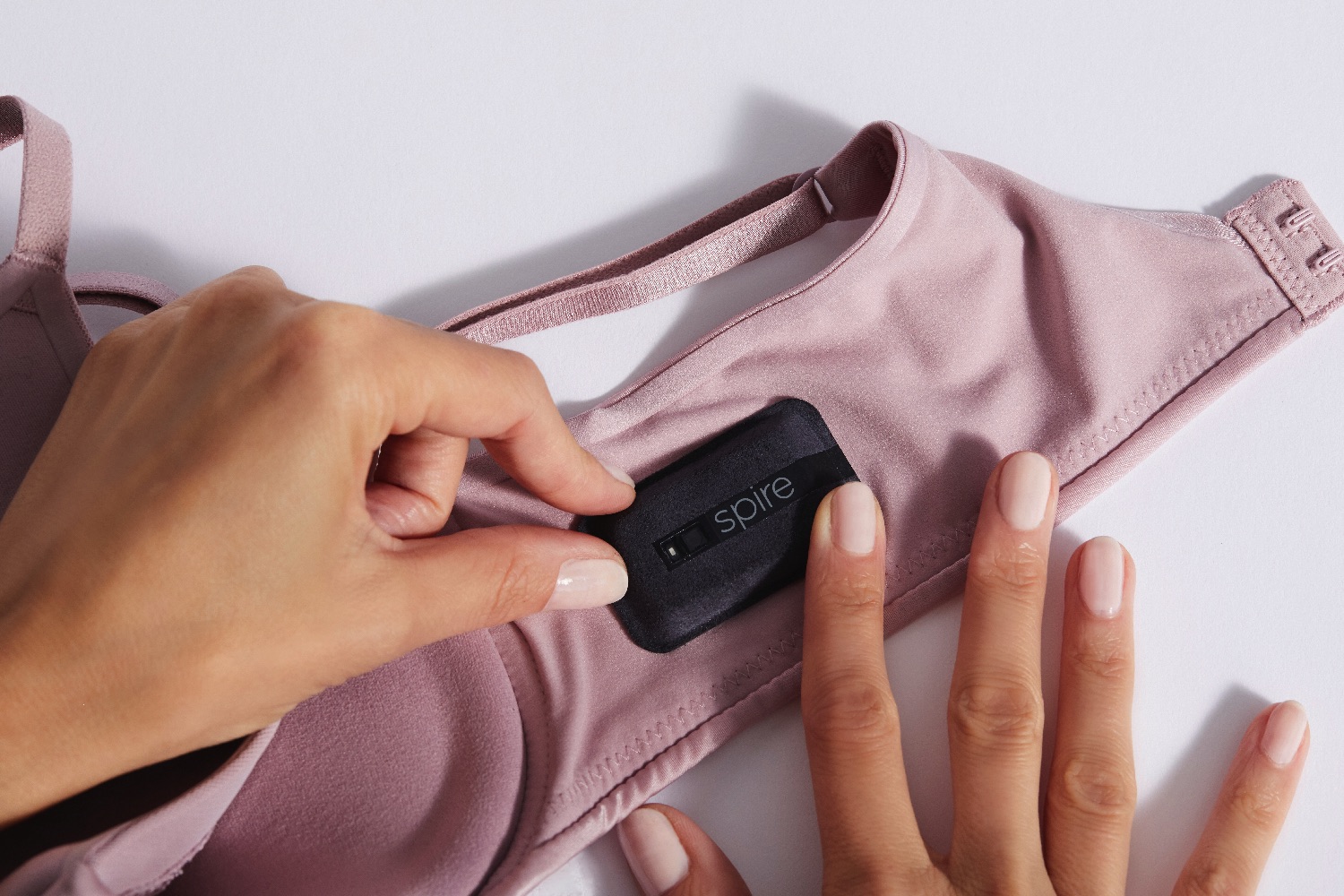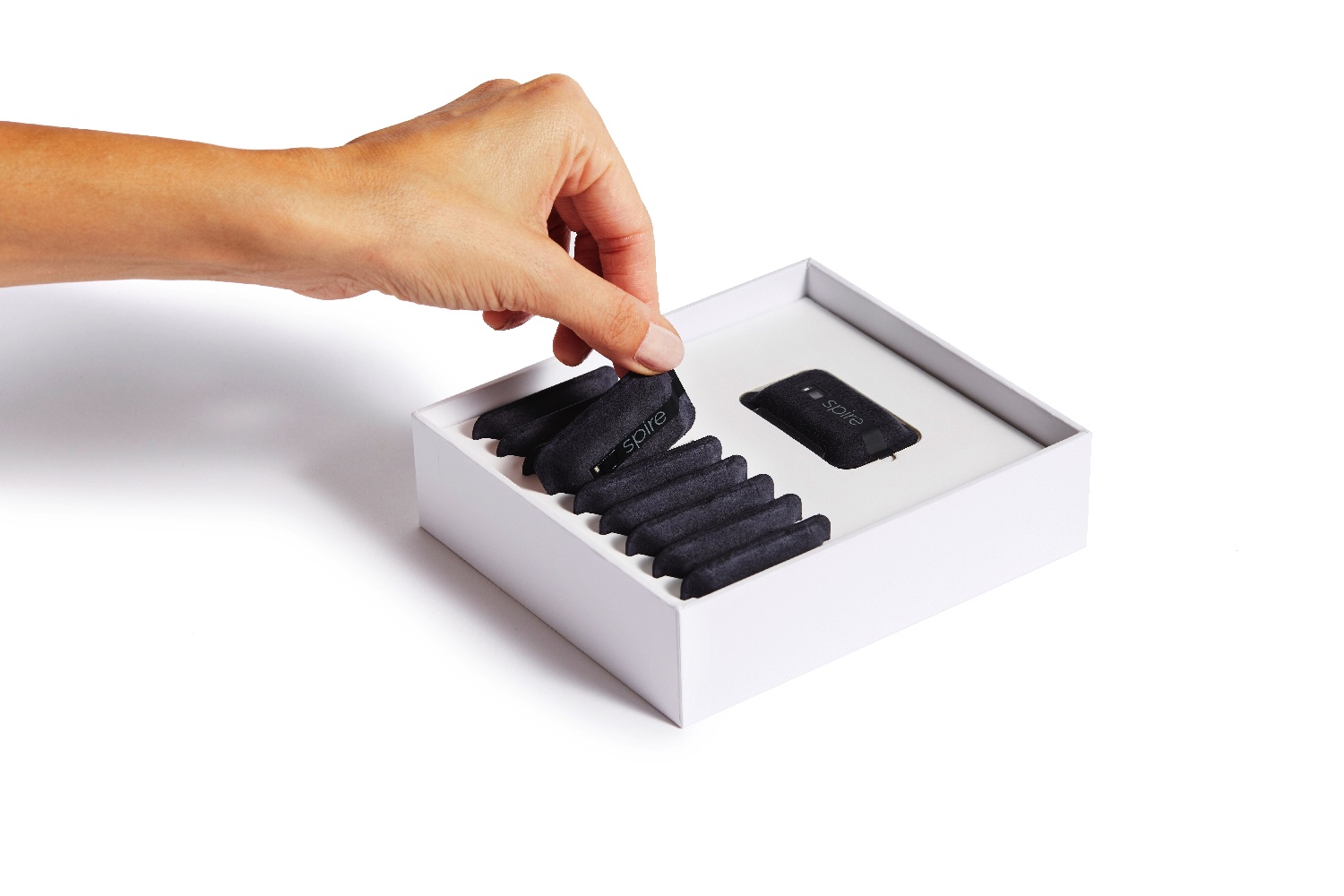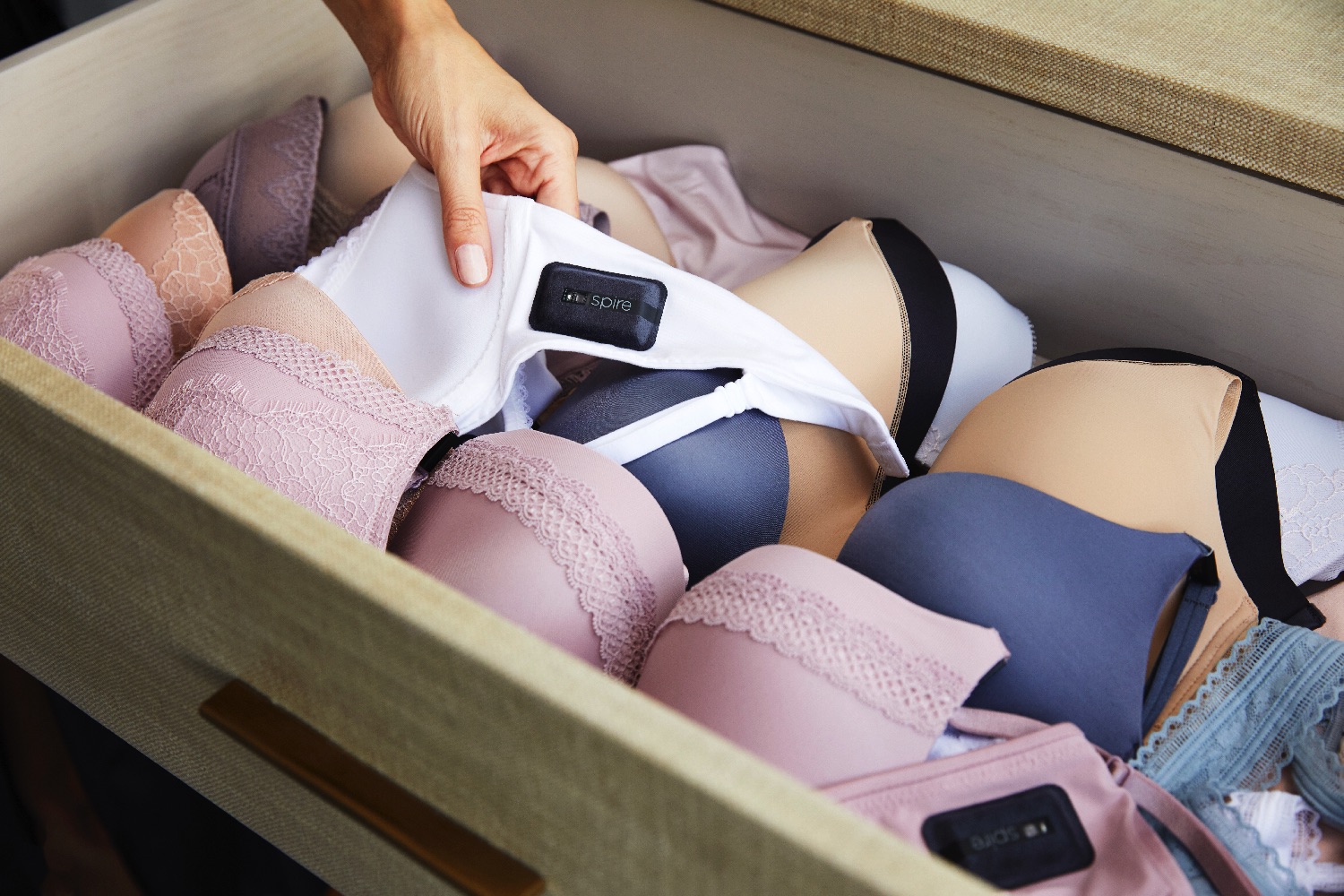“Health Tag attaches to a wide range of clothing — because people like to wear a wide range of clothing — but it’s clothing like pajamas, underwear, or bras that keep the device in contact with your core,” Jonathan Palley, CEO and co-founder of Spire, told Digital Trends. “The custom sensors that we developed for Health Tag collect 20 billion data points per day from continuously tracking your activity, heart rate, and heart rate variability and breathing. Together with the advanced algorithms in our Insights Engine that analyze the data, we can identify periods where your breathing reflects stress and calmness levels, along with physical activity and sleep quality.”
The company certainly has a history of success. Its first product, the Spire Stone, is available for sale in Apple Stores around the world, and has racked up more than $8 million in sales. Palley said that, with the Spire Health Tag, they’ve taken everything they learned from that device (“including the fact that people don’t like to wear clunky devices that need to be charged”) and put it into a form factor which promises to just disappear into the background. Unlike some of the flashier wearable devices out there, the idea is simply that you forget about the waterproof Health Tag. The only time you get reminded of it is when there’s something it needs to notify you of, via your connected mobile device — complete with a recommended course of action to improve your health outcome.
The Spire Health Tag is available for ordering today, with a pack of three costing $99, a pack of eight for $199, and a pack of 15 for $299. Then just attach them to your items of clothing and, we hope, start living a healthier, happier life.
Editors' Recommendations
- The Fitbit Luxe helps you manage your stress levels — and look good doing so
- Wearable device can tell if your cough is the coronavirus
- Xiaomi Mi Smart Band 4 impressions: All the fitness tracker you need







